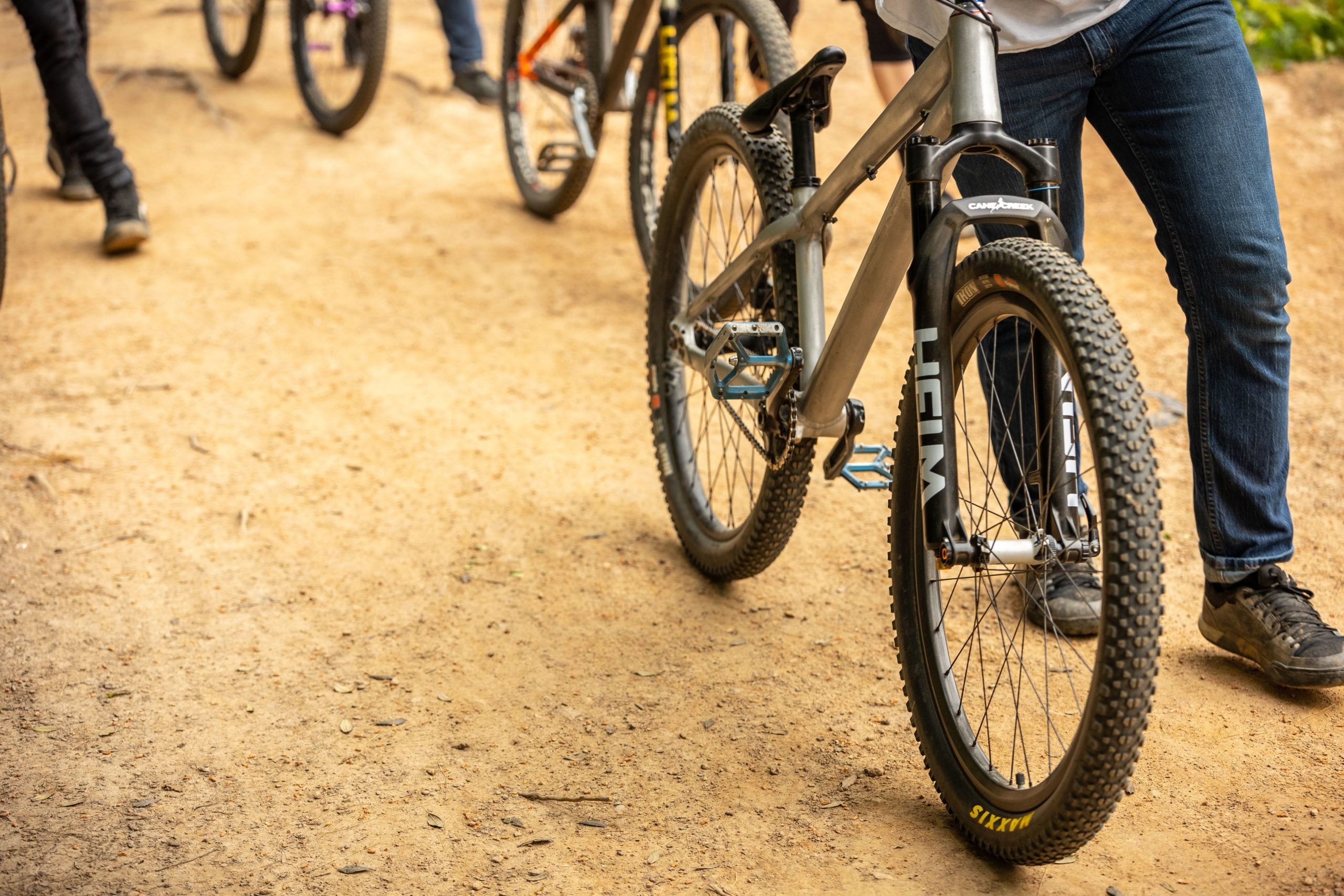SERVICE VIDEOS
Forks
SUPPORT DOCUMENTS
FAQ
Does it have Double Barrel technology?
Helm is a completely new product from Cane Creek, and has a different approach to damping relative to our Double Barrel technology. Because a leverage ratio is applied to a rear shock within the rear suspension design of a frame, and a fork has no leverage ratio (body weight directly applies to the fork’s travel), a rear shock experiences around three times the amount of damping forces that a front fork experiences. Therefore, Double Barrel technology for rear shocks doesn’t provide the same type of benefit for front forks.
What is the damper design?
Helm’s damper is a closed cartridge mono-tube design that provides control of high speed compression, low speed compression, and rebound.
What is the travel?
Helm Air 27.5 forks will have a maximum travel setting of 170mm. Helm Coil 27.5, Helm Coil 29 and Helm Air 29 forks will have a maximum travel setting of 160mm.
Helm Forks are travel adjustable, but are optimized for travel settings between 170mm and 130mm of travel.
Helm Air forks use travel spacers to adjust travel. Two 10mm travel spacers are included with every Helm Air fork. Helm Coil forks are adjusted by changing the location of the spring perch (coil piston) on the travel-indexed compression rod. This procedure requires no additional parts.
Is the travel easily adjustable?
Travel adjustment must be performed internally. Instructions for this procedure can be found within the Helm instruction manual included with every fork.
It is recommended that an experienced mechanic perform the procedure.
What much does it weigh?
Helm 170mm forks weigh 2070 grams (4.56 pounds).
What colors are available?
Helm is available in a matte black finish with white/grey decals and key gold anodized parts. For a limited time, a matte blue version is available for Helm with orange/teal/red decals and key black anodized parts.
Is it Boost spacing?
Helm forks are only available in 15mmx110mm BOOST spacing with traditional end caps.
Can I use it with a non-Boost front wheel?
Yes, a non-Boost front wheel can be used with the proper spacer adapter kit.
Are spacers kits for non-Boost front wheels available through Cane Creek?
No, adapter kits are specific to wheel models. Please see your wheel manufacturers’ specifications. Options can be found at wheelsmfg.com
How is the air spring curve adjusted? Does it use tokens?
Helm’s air spring curve is adjusted internally by an indexed rod and static piston assembly, no additional parts need to be purchased/installed to perform this change. Air volume can be adjusted by removing the air valve assembly out of the left leg of the fork using a 30mm wrench and moving the static piston up or down the indexed rod to achieve the proper spring curve.
Is the thru-axle design unique to the Helm?
Yes, the D-LOC thru-axle system is unique to Helm.
Can I use a non-QR thru-axle?
No, Helm’s D-Loc axle must be used on Helm forks, using any other axle system will void its warranty.
What is the max tire size?
The maximum tire size is listed as 27.5×2.6in. But always check tire clearance with no air in the fork at full compression.
Is there a reduced offset version available?
Our Helm 29 is available in 51mm offset AND 44mm offset, however the 44mm offset 29 will not be available until April 2019.
Our Helm 27.5 is only available in 44mm offset
What is the warranty?
All Cane Creek suspension products, including Helm, have a limited one (1) year warranty, subject to limitations.
What adjustments does it have?
Helm forks are 7-way adjustable: 10 positions of high speed compression , 20 positions of low speed compression, 15 positions of low speed rebound, 8 positions volume reduction, independent positive and negative air chambers. And internal travel adjustment.
Does it have to be sent in for servicing?
Yes, for best performance, Cane Creek recommends a Fork Lower service for every 50 hours of use. Additionally, a Full Fork air spring and damper rebuild performed by a Cane Creek authorized service center for every 100 hours of use.
How is the negative spring pressure set?
During inflation through the air valve on the left leg of the fork, an additional step is required for properly setting sag with appropriate negative air pressure. Charging the air valve only adds air to the positive chamber of the air spring. To inflate the negative air chamber, charge the air valve of the positive chamber at the top of the fork, a button on the bottom of the left leg opens a valve and transfers air from the positive air chamber to the negative air chamber.
How is the negative spring pressure adjusted?
Because the two air chambers are isolated, the rider can set different air pressures in the differing chambers for the desired feel. First, inflate the positive air chamber, then press the negative air chamber equalizer button. Once the two air chambers have the same amount of pressure, either increase or decrease the amount of air in the positive chamber. The negative air chamber will remain at the original psi relative to the change in positive air pressure.


